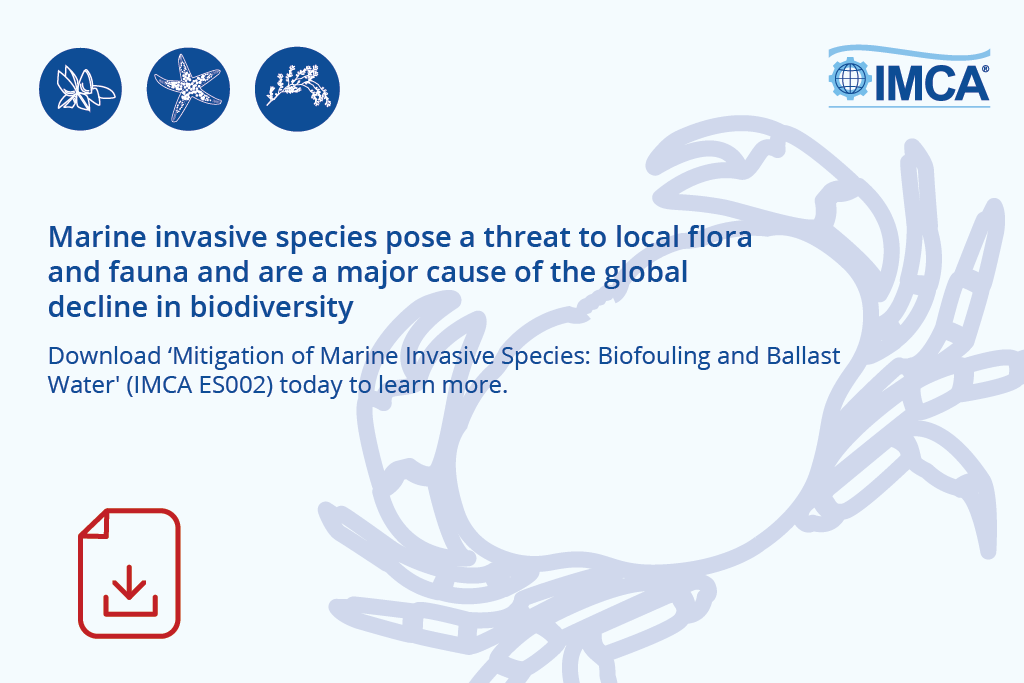Turning the tide: from green crabs to guiding principles
Published on 4 March 2024
A recent UN report found that invasive species are costing the global economy US$423Bn annually and play a key role in around 60% of recorded extinctions.
For marine invasive species more specifically, the figures are harder to come by, but there is no denying the negative impact caused. They can eat native species, outcompete them for food, light, and spawning sites, bring in new diseases, alter habitats, and trigger ecosystem change.
An infamous example would be the green crab. Native to the north-east Atlantic Ocean and Baltic Sea, it has more recently colonised habitats in Australia, South Africa, South America and both the Atlantic and Pacific coasts of North America. Referred to by some as “the cockroach of the sea” – owing to the difficulty in exterminating them – their spread can impact fisheries, aquaculture, and delicate ecosystems. This includes local populations of crabs, mussels, and clams. In the US alone, the US Environmental Protection Agency estimated that total losses from green crab predation to commercial shell fisheries and eelgrass restoration efforts were around US$22.6m a year.


IMCA Contact
Mary Ntamark
Technical Adviser – Environmental Sustainability
Contact
The role that vessels play in the transfer of species across the planet has long been recognised as a significant environmental risk, with the IMO issuing its first guidance on the topic in 2004. The discharge of ballast water and biofouling accumulated on a ship’s hull and appendages are two ways in which vessels are inadvertently transferring species from one location to another.
For IMCA Members, who often work on a global basis moving from project to project, the issue is also a growing concern and changing regulations on the issue now mean new rules to follow. For example, ships arriving into Australia, New Zealand and the US need to demonstrate varying degrees of biofouling management before being permitted entry into port.
In response to this changing situation, IMCA convened a Life Below Water working group which brought together DeepOcean, Global Maritime, TechnipFMC, Fugro, and SBM Offshore to share best practice and collaborate on the creation of new guidance for the industry.
Our recently released document explores the regulations and mitigation measures possible, highlights new technology and innovative approaches, and shares member case studies. The end-result is a technical paper which will support any organisation looking to devise appropriate mitigation plans for marine invasive species and implement holistic approaches to the issue.
While invasive species are well known for their knock-on effects when it comes to marine ecosystems, perhaps a lesser-known ripple effect is the impact on safety. We have seen a rise in underwater ship husbandry work for divers as vessel owners look to comply with new regulations for cleaned hulls. We have also, unfortunately, seen several avoidable diver deaths recently on such projects. In response, colleagues at IMCA have recently released guidance to hopefully limit further dangerous diving incidents.
The challenges posed by marine invasive species are not simple; their impact on local environments and ecology can be devastating, and the cost to society exorbitant. It will not only require a shift in mindset, but the emergence of a newly collaborative approach to find and share innovative new solutions and approaches.
This article originally appeared in Offshore Support Journal (OSJ).
